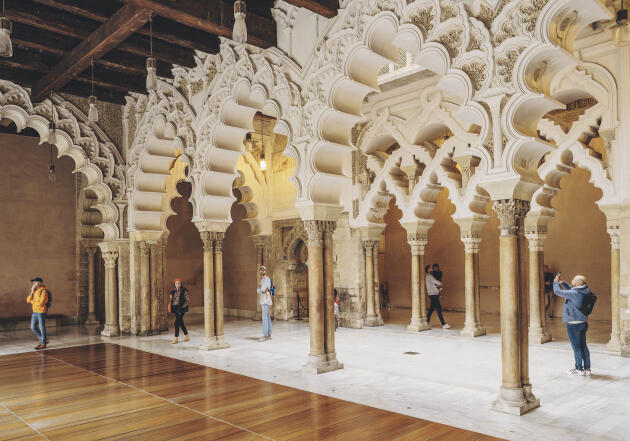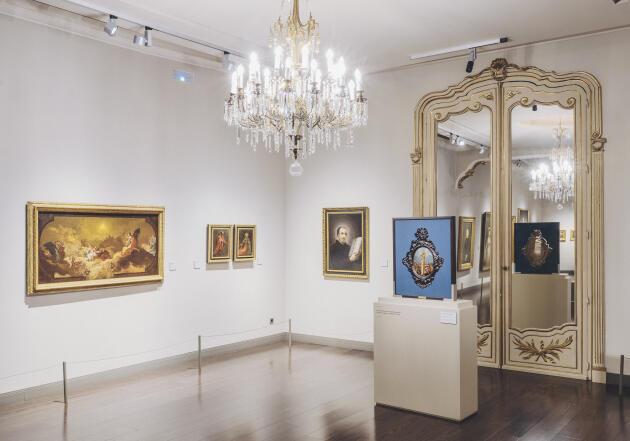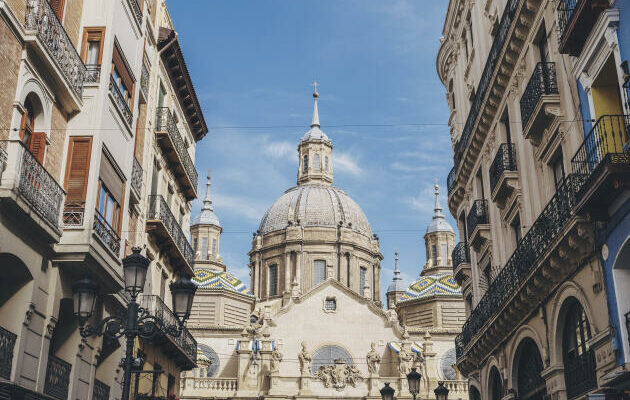THE MORNING LIST
Zaragoza, capital of Aragon, in Spain, with the Pyrenees to the north and the deserts to the south, is a lively and lively city, where old and young alike meet on the paseo (the walk), in its gardens and on its plazas in the shade of the café terraces. An endearing city where you follow in the footsteps of Goya to the rhythm of different architectural styles, Roman, Gothic and Mudejar.
The lights of Mudejar art
We only see them when arriving in Zaragoza from Barcelona by train, the eleven domes covered with green and yellow enameled tiles and the four towers of the Pilar basilica, here they say “the Pillar”. The most moving way to discover this jewel of Baroque art is to walk up Alfonso Street at the golden hour, at the end of the day, when the sun is at its softest. We arrive at the basilica, whose Virgen del Pilar (the Virgin of the Pillar), and on the immense esplanade bordered on one side by the Hispanic Fountain and on the other by the Cathedral of San Salvador.
Built on the old mosque, the cathedral bears witness to the different eras and cultures of Zaragoza. Outside, the wall of the parrot (parish), listed in 2001 as a UNESCO World Heritage Site, is a masterpiece of Aragonese Mudejar architecture – art of Islamic influence. The facade is decorated with geometric elements, small stars and moons, in ceramic and stucco, repeating endlessly. It’s sumptuous, like the baroque tower built around the old minaret.

In the Almozara district, the Aljaferia Palace is also a fine example of this cultural mix with its open patio and the painted ceilings of the Mudejar palace lounges. A Muslim influence can be found on the bell towers, more particularly on that of San Pablo, in the Gancho district, where you have to climb the 157 steps to enjoy the most beautiful view of Zaragoza and the Pyrenees.
Goya’s whims

If we love Francisco José de Goya y Lucientes (1746-1828), we cannot help but love Zaragoza, the city where he grew up and was trained in the studio of the painter José Luzan (1710-1785).
His works are present in numerous buildings and museums. At the Goya Museum, in the historic district, the Renaissance style building (from the beginning of the 16the) houses on the first floor portraits of which the young Goya already mastered the technique and the play of light. But the most touching are his engravings made between 1778 and 1825, including Los caprichosa satire of the clergy and the nobility.
You have 65% of this article left to read. The rest is reserved for subscribers.
